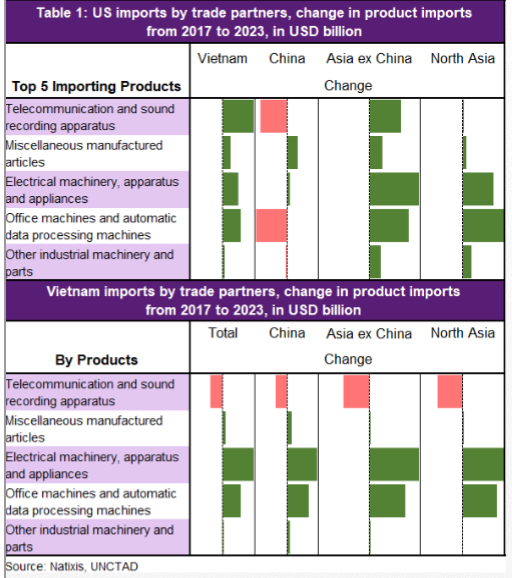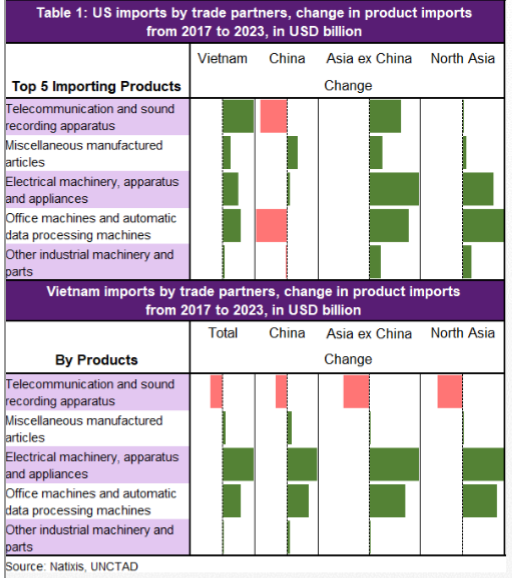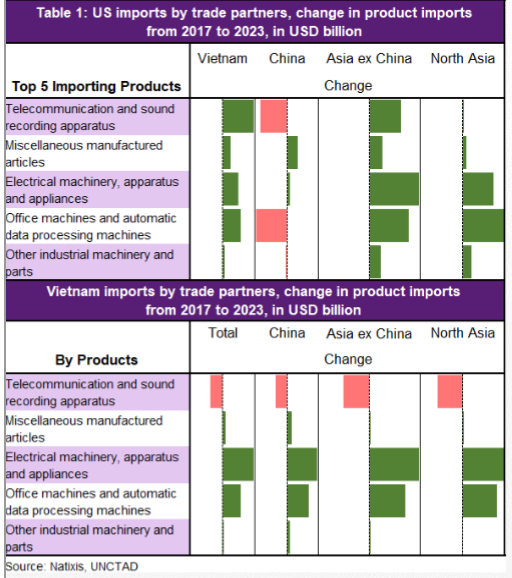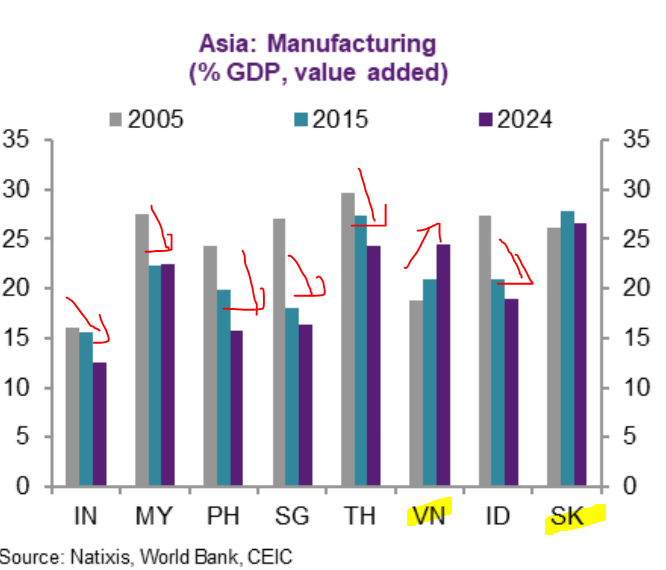This report by @business is just great! Congress ownership of tech makes tech regulations awkward! Guess who owns a ton of tech? @SpeakerPelosi
And will she regulate? So far, she's not keen to! She doesn't want to regulate tech. We wonder why...
>100 million dollars invested🤗
And will she regulate? So far, she's not keen to! She doesn't want to regulate tech. We wonder why...
>100 million dollars invested🤗

Asked by reporters whether she should regulate tech, she responded, "We are a free-market economy." And she hated the idea.
I wonder why? >100 million dollars at stake for her
I wonder why? >100 million dollars at stake for her

Congressional trading persists!!! Yes, persists! This is a person that has been around in government since the 1980s and is seeking re-election at 81 years old whose family own >100 million dollars in tech.
Do we have a conflict of interest here? Do we? Hmm
Do we have a conflict of interest here? Do we? Hmm

Bill that is bipartisan to regulate tech:
American Innovation and Choice Online Act
Introduced by Amy Klobuchar and Chuck Grassley to curb the power of 4 tech giants: Amazon, Apply, Alphabet and Meta (FB).
These companies favor their products, sapping innovation.
So? Well.
American Innovation and Choice Online Act
Introduced by Amy Klobuchar and Chuck Grassley to curb the power of 4 tech giants: Amazon, Apply, Alphabet and Meta (FB).
These companies favor their products, sapping innovation.
So? Well.

Do we have a conflict of interest for Congress? Well, Nancy Pelosi husband owns 25.5 million in Apple stock.
Why does she hate regulating it? Well, well, well.
Republicans own too. Mike McCaul has less but defo a lot at >8m. Congress had 315 stocks & bond transactions!!!
So?
Why does she hate regulating it? Well, well, well.
Republicans own too. Mike McCaul has less but defo a lot at >8m. Congress had 315 stocks & bond transactions!!!
So?

Congress, just like the Fed, are the ultimate insiders. Should they be allowed to trade while at the same time supposedly looking out for Americans' interest???
Well, great report! Fantastic! A hundred million reasons why she's against it! Should have been the title!
Well, great report! Fantastic! A hundred million reasons why she's against it! Should have been the title!

Btw, this infographic is not drawn to scale. We go from very little to basically 5 million dollars and above.
But the size of Pelosi's tech stake is >100 millions vs the almost equal in size Mike McCaul at about 8m.
To scale, Pelosi's tech stake would be >10 times or massive!
But the size of Pelosi's tech stake is >100 millions vs the almost equal in size Mike McCaul at about 8m.
To scale, Pelosi's tech stake would be >10 times or massive!

• • •
Missing some Tweet in this thread? You can try to
force a refresh









